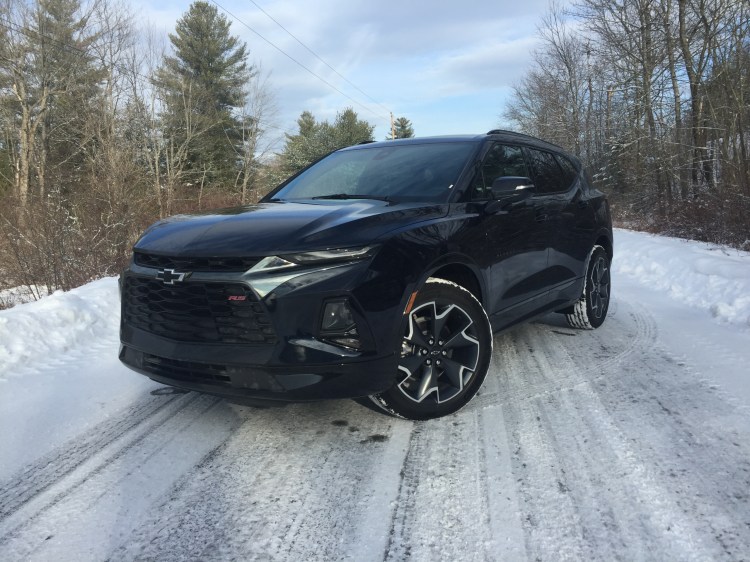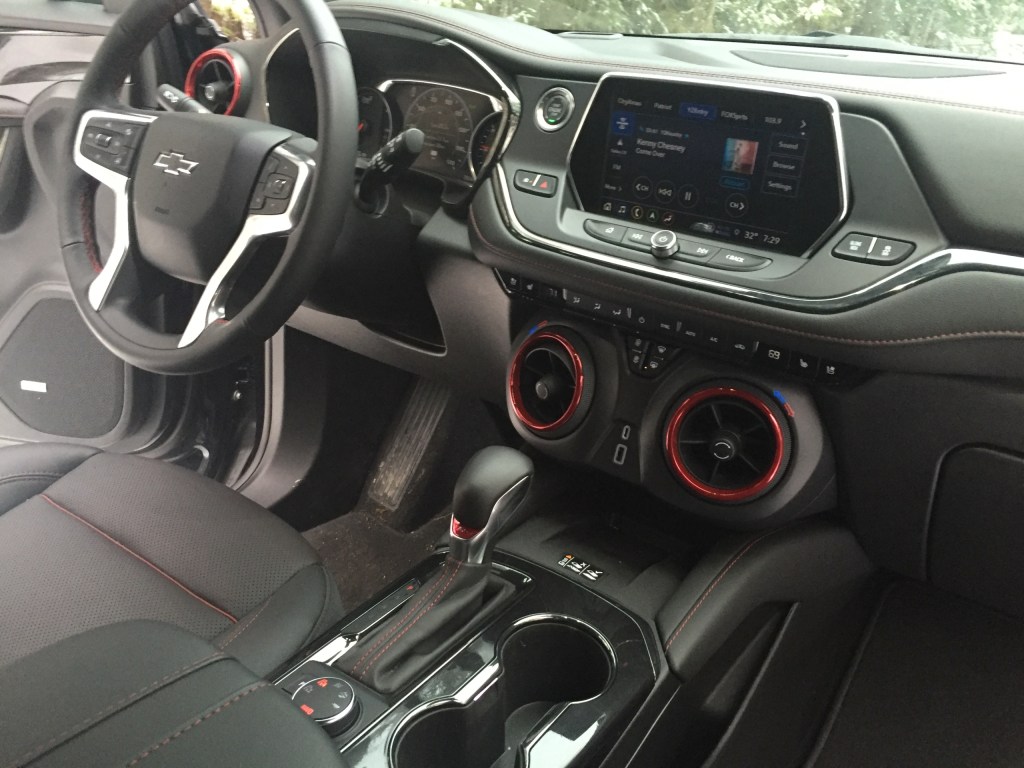It is not unusual to motor the eleven miles up my local road towards Route 9—the infamous Airline—and not meet a single vehicle while heading to work. This twisting, turning, rising and falling, undulating tarmac offers the full scope of what chassis engineers surely use to develop the best ride and handling dynamics. Given the relative solitude and open-ness of this rural route, it becomes all too easy to exploit the given attributes of each week’s visitor—seeking the limits of traction, handling, power, and agility all in the name of science, within prudent limits, of course.
These exercises reveal important characteristics that clearly define efforts of why Brand X is better than Brand Y—over and over. For those vehicles that shine, and some really don’t, it allows you the driver to better savor your favorite drive, confident in your vehicles’ inherent attributes, or not. A well-rounded chassis also encourages further scrutiny of other aspects of a particular vehicle that may, or may not, cement one’s total image of the portfolio presented.
For this discussion, Chevy’s new mid-size Blazer nails the ride and handling composure contest, which should be a given since GM clearly has spent bundles of money crafting excellent chassis performance in Corvette’s and Cadillacs and many other products. Think of this Blazer as the best handling GM SUV.
The supple and stable ride is complimented by precise steering feel, strong brakes, and a potent 308-hp V-6 that provides ample acceleration when summoned. Add a smart, torque-vectoring AWD system featuring a console mounted selector knob with multiple drive modes for both FWD and AWD, and the Blazer jumps right into the top half of a very competitive segment with the likes of the Jeep Grand Cherokee, Ford Edge, Hyundai Santa Fe, Kia Sorento, and even the Lexus RX350.
This third iteration of the Blazer name, after the full-size SUV from the 1970’s and the compact class S-10 Blazer from the 1980’s, is clearly devoted to Chevrolet covering every segment with this popular moniker. With expressive exterior styling and an innovative interior layout meant to mimic the sporty Camaro, the stylish 2-row Blazer stands out in a segment that needs a little more flavor.
At 191-inches long, on a 113-inch wheelbase, the Blazer fits neatly into the middle of the mid-size crossover class. Base weight is just over 4,200-pounds—also at the middle of the class, while sales through the first nine months of 2020 pushed the Chevy to number three right behind the Edge.
Chevy also makes a sub-compact model called the Trailblazer that is 20-inches shorter than the Blazer.
While not that long ago, drivers were accustomed to 4-speed automatics in almost everything. Today, GM offers six, eight, and ten speed automatic transmissions in most every model, while the Blazer actually gets a new nine-speed auto-box. Base FWD models, $29,995, feature a 2.5-liter 193-hp four, while a 2.0-liter turbo-four (230-hp) is a 2021 upgrade. At the top is our 3.6-liter, 308-hp V-6, which can tow up to 4,500-pounds.
Trim pricing rises to $33,495 for 1LT, $34,295 for 2LT, $41,995 for RS, and $43,695 for Premier. AWD is available with either optional engine; not the base 2.5-motor. EPA estimates for our Midnight Blue Metallic V-6 RS were 19/26-mpg.
While some critics have derided the Blazer’s interior, the opposite was true from this view. Sure, GM has a knack of employing less-expensive plastic panels in places that consumers really shouldn’t feel, yet the Blazer has a spacious design with top-notch touch-points, correct ergonomics, efficient knobs, dials, and push-buttons, plus the sound insulation to make travel relaxed. The oversize center air-vents actually worked very well. The rear seat is roomy, the cargo hold easily expands and the power liftgate can be hands-free if so optioned.
Cons were few. The driver’s seat will feel tight for larger people and the minuscule marker lamps on the otherwise correct climate system push-buttons are all but invisible.
Outfitted with RS trim and several option packages ($48,380) our sample Blazer carried a full array of heated surfaces, electronic driving aids, plus Apple/Android/Wi-Fi hotspot, rear seat reminder, remote starting, as well as a washer for the rear camera.
The chassis is excellent, the powertrain performed flawlessly, and the styling drew several compliments despite a coat of winter grime. In a lineup populated with seven total SUV’s, the Chevy Blazer stands out as the most well-rounded driver of the lot.
Send questions/comments to the editors.





Comments are no longer available on this story